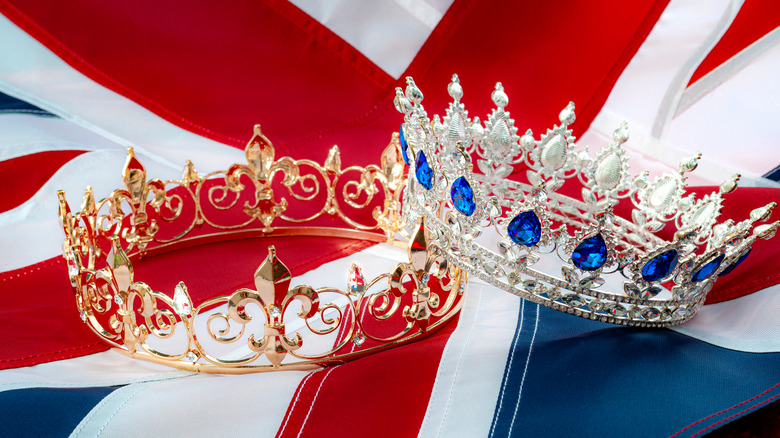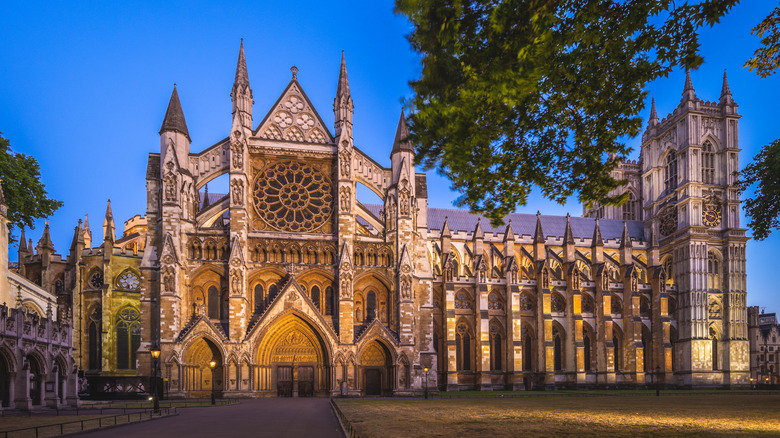What Happens During A British Royal Coronation?
In 1953, television showed the world an event that comparatively few could see before — the coronation of a British monarch. Specifically, it was that of Elizabeth II, who was the fourth British monarch to be crowned in just a 16-year span (via Brittanica). Her husband, Prince Phillip, insisted on a televised coronation, despite misgivings from other members of the royal family (via Insider). Many likely did not realize that it would also be the last coronation they would see, since as of 2021, Queen Elizabeth continues to sit on the throne after nearly 70 years.
For that reason, this single, televised coronation was the only reference point many people had for the ceremony, and it could have served to develop a distorted image of the ceremony itself, as well as those of the past. This especially could be true in the U.S., where the event was not broadcast in its 11-hour entirety, as well as the frequent up-close shots (via BBC). While there have been many small changes in detail sover the years, the ceremony has remained fairly unchanged throughout its 900-year existence, even after the English civil war and England's union with Scotland (via The Royal Family).
The coronation ceremony dates back centuries
The modern-day British coronation ceremony has its origins in 1066, when the Norman-born William the Conqueror was crowned at Westminster Abbey (via The History of London). This venue for the official crowning of kings and queens has remained unchanged ever since for the most part (aside from two coronations). While a monarch technically ascends the throne upon the death of their predecessor, there is usually a waiting period of mourning for several months before they are officially coronated (via Town & Country Magazine).
When the time comes for coronation, several things must take place in a grand, regal ceremony. On the day of the ceremony, the monarch will enter Westminster Abbey in their elaborate regalia and be seated. From here they will be bestowed with the various Crown Jewels — priceless ceremonial objects, most dating back centuries (via Tower of London).
Small amounts of holy oil are placed upon their head and hands before they are then presented with several swords by the archbishop. Each represents different responsibilities of the crown, such as temporal justice, spiritual justice, and mercy. As of Charles II's coronation in 1661, the archbishop will then place the Ring of Royal Dignity onto the monarch's left ring finger before they take the Sovereign's Orb into that hand. In the other hand, the king or queen will receive the Sovereign's Scepter before they are then crowned with the St. Edward's crown, which weighs nearly 5 pounds.
After this, the nobility and clergy present in the Abbey pay homage to the new monarch before a procession sees them on their way (via World History Encyclopedia).

